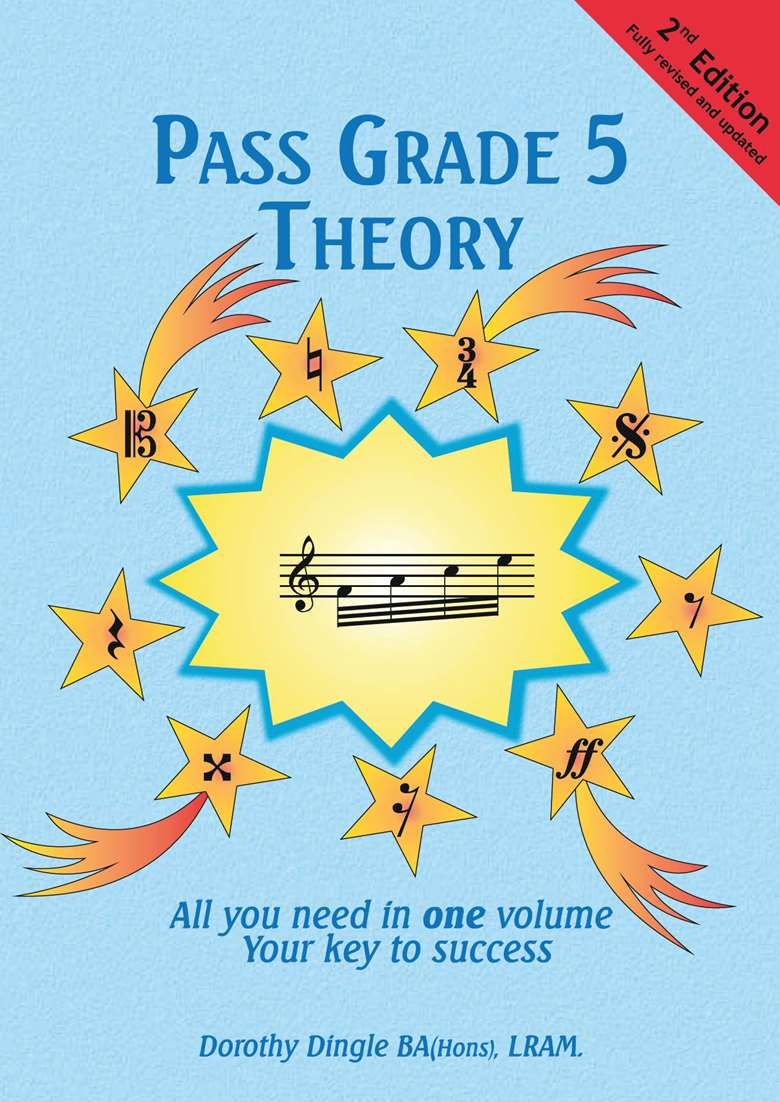Reviews: Pass Grade 5 Theory, Second edition
Helena Ruinard
Monday, October 1, 2018
Helena Ruinard reviews the second edition of Reviews: Pass Grade 5 Theory by Dorothy Dingle, published by Dingle Music.

Perhaps in an ideal world, instrumental students would learn theory alongside their practical studies, steadily covering the intricacies of performance directions and ornaments, learning about clefs – the ones not related to their instrument – and how to describe chords. The fact that not many pupils do learn music this way is exactly why the ABRSM requires Grade 5 Theory before letting anyone continue with their performance exam career. At which point, many students find themselves with only a limited working knowledge of music theory that tends to pertain to their own experience.
There are crash courses that somehow bring students up to speed over a weekend, and, naturally, an amalgam of graded workbooks and past papers to sample. But Pass Grade 5 Theory is an all-in-one resource: a workbook that explains each topic – assuming no prior knowledge – and then sets exercises up to the required level. Each topic is covered in one chapter and, where relevant, cross-referenced to other chapters, for example, intervals are cross-referenced with scales.
All the tricks of the trade are included, such as using a picture of a keyboard, rhymes to remember pitch names – as well as the order of sharps and flats, a circle of fifths diagram and the technique for working out intervals. You can't get away without a fair amount of memorisation, and with this in mind, the unit on Performance Directions is first, followed a couple of chapters later by the unit on Instruments and their Music. It's a bold step to take the opposite approach to the ABRSM workbooks, but somehow it makes sense.
Throughout the book, the most salient bits of information to digest and remember are highlighted, and common traps are flagged up as well, all in a lively, friendly format. Everything is taught in context as much as possible, with comprehensive information and examples given by way of explanation. One caveat is that, even in this second edition, there is a chapter on writing melodies, which although enjoyable is no longer a requirement for the ABRSM exam. It would be worth investing in a couple of past papers from 2018 just to get the feel of how the questions are phrased and laid out, as much as the security of knowing the range and length of the paper. Overall, though, this is a brilliantly clear and helpful book – thoroughly recommended.

